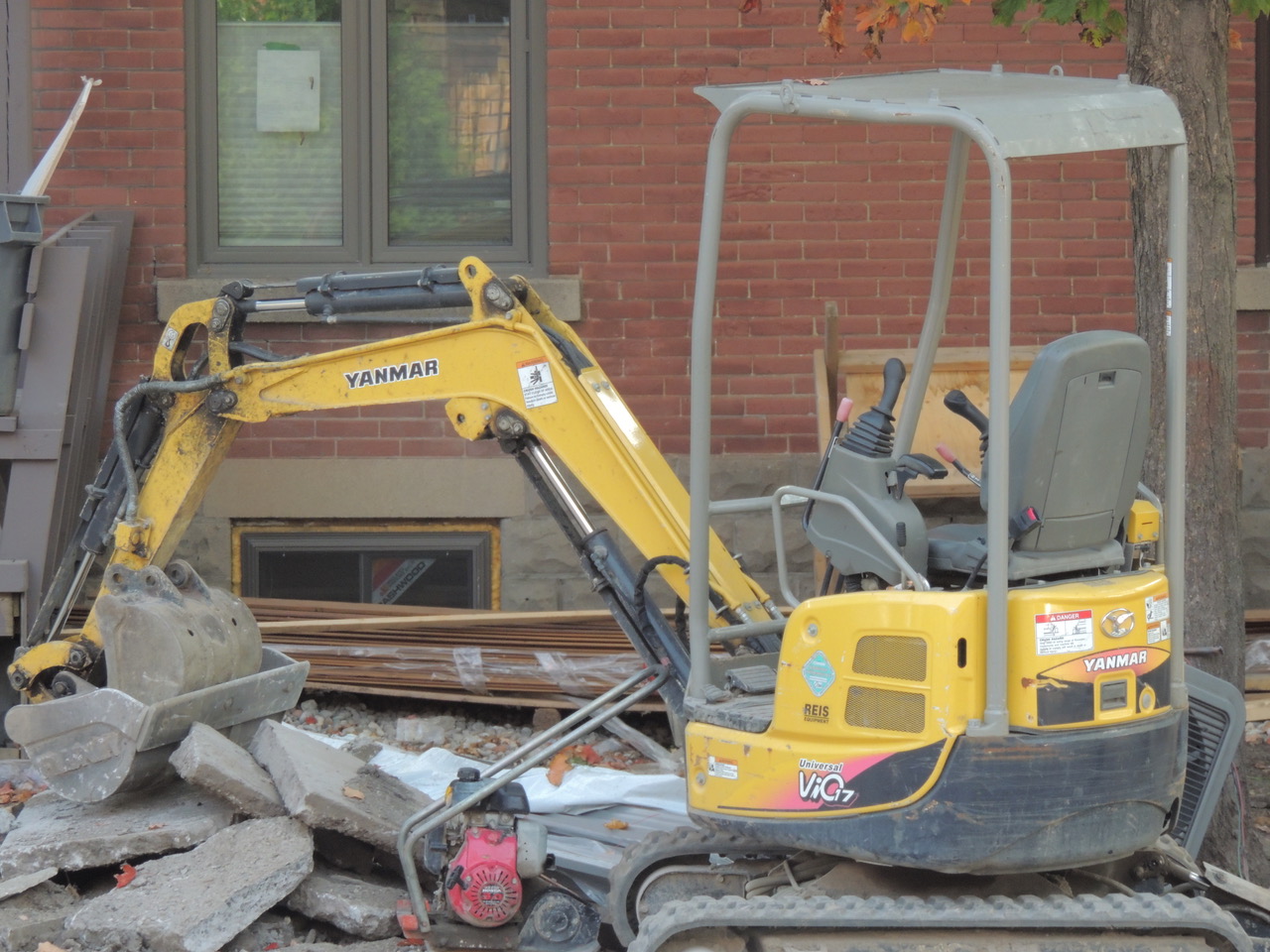Our readers write…
What does a Telfer Award really tell us?
In July, the University of Ottawa’s Telfer School of Management awarded its Young Achiever’s Award to alumnus Billy Triantafilos who graduated with a BCom in 2007. The award citation reads in part: “After realizing his success renovating his first investment home, [Mr. Triantafilos] went on to build more homes for University of Ottawa students. . . . Billy and a former teammate and work colleague . . . laid out the framework for their company, TC UNITED GROUP.”
Sandy Hill residents have become well-acquainted with TC United in the last few years as the company has built more than 30 projects in our neighbourhood. Typically featuring 4 units or less (in order to escape more stringent regulatory requirements for buildings with 5 or more apartments), these projects have unusually high bedroom counts of often 20 or more. Locally, we call them bunkhouses. Because these bedrooms are often rented out singly, these buildings are de facto rooming houses but without the safeguards of real rooming houses, such as regular fire inspection. The construction of these high-density buildings, sometimes with inadequate solid waste storage, has led to numerous complaints by neighbours about garbage and noise. On its website, TC United claims to be “specialists in interpreting municipal regulation, zoning and by-laws,” and promises its investors that it will “ensure the quickest return on investment possible.”
From the University’s perspective, the Telfer School award comes at an awkward time as it was made just a few days before City Council imposed an Interim Control bylaw freezing the construction of these bunkhouses for a year. Council justified this measure on the grounds that these bunkhouses are “disruptive to maintaining a healthy fabric and character” in established neighbourhoods.
The Telfer School may boast of being “a leading business school worldwide” but it celebrates a mode of development that both City Council and citizens’ groups have condemned as being inappropriate. If the Telfer School can be so unaware of the concerns of the community where it is located, one wonders about the quality of education Telfer students are receiving.
François Bregha
Russell Avenue

Our health is under assault
The discussions and debate around development in Sandy Hill have focussed on heritage preservation, building size and use, and site planning. All important issues of course, but not much attention has been paid to another major stressor affecting our mental and physical health—the impact of constant noise.
From my house on Blackburn, I can point in all directions to residential and commercial construction sites. The machines and power tools start up at 7 a.m. sharp. If you work from home or need to rest during the day for health reasons, good luck! There is no construction season in Sandy Hill—just construction. All year.
A simple internet search on the physical and mental effects of noise brings up a slew of symptoms: stress, hypertension, muscle tension, poor concentration, headaches, depression, etc.
I feel especially bad for the children and staff at Sandy Hill Child Care on Wilbrod, having to endure the noise from the Viner development in their backyard. I wonder, has Viner done anything to compensate a very deserving neighbour: repaint the interior perhaps? Landscape the yard? A very meagre expense considering the profits likely to be reaped from their project!
Reducing the negative health effects of noise is a larger societal problem, and many will say it is the price to be paid for the many benefits of living downtown. But maybe at the very least those making money at our expense could do something positive for our health and environment.
Christine Aubry
Blackburn Avenue
Basic Income Guarantee (BIG): Trial experiments should be studied
What would the world be like if all low-income people were given a guaranteed cash income (for argument’s sake let’s say $17,000) with no strings attached? What if this plan included an incentive to work to increase their minimum income? What would they do with this money? What would be the social consequences? This concept will soon have some trial runs in Ontario. It is called the Basic Income Guarantee (BIG).
BIG is a transformative concept which is especially important when financial inequality is growing. Technology and other factors will radically change the nature of the labour force. Programs such as BIG may be necessary as large portions of society are thrown out of work (maybe permanently).
Present welfare systems are complicated, inefficient and costly. By contrast BIG is incredibly simple. A payout cheque is distributed regularly. No questions asked. When BIG has been tried on a trial basis, BIG payments have been largely directed into the local economy to pay for basic living needs. As well, medical expenses and other social costs generally have been shown to decrease.
A well-planned BIG system can motivate people to work. Inspired by an earlier BIG program in Dauphin, Manitoba, (Mincome project, 1974-79), for every dollar earned by a participant, one’s basic guaranteed income would only be reduced by $0.50. Using this logic, wage earners would be motivated to increase their income until they reach $34,000/year when their BIG income would be reduced to zero.
This idea has already been tried on a trial basis in some European countries. In Finland a pilot project is under way targeting 2000 unemployed people. Participants can keep their basic income even if they find remunerative work. The Netherlands and Scotland are conducting similar trial-run projects.
These trial experiments, including the Mincome model, should be studied. Results from Ontario’s experience with 4000 people in four proposed communities (Thunder Bay, Hamilton, Lindsay and one aboriginal community) need to be carefully watched. These trials could provide valuable information to enable us to make intelligent decisions in the future.
Eric Schiller
Marlborough Avenue